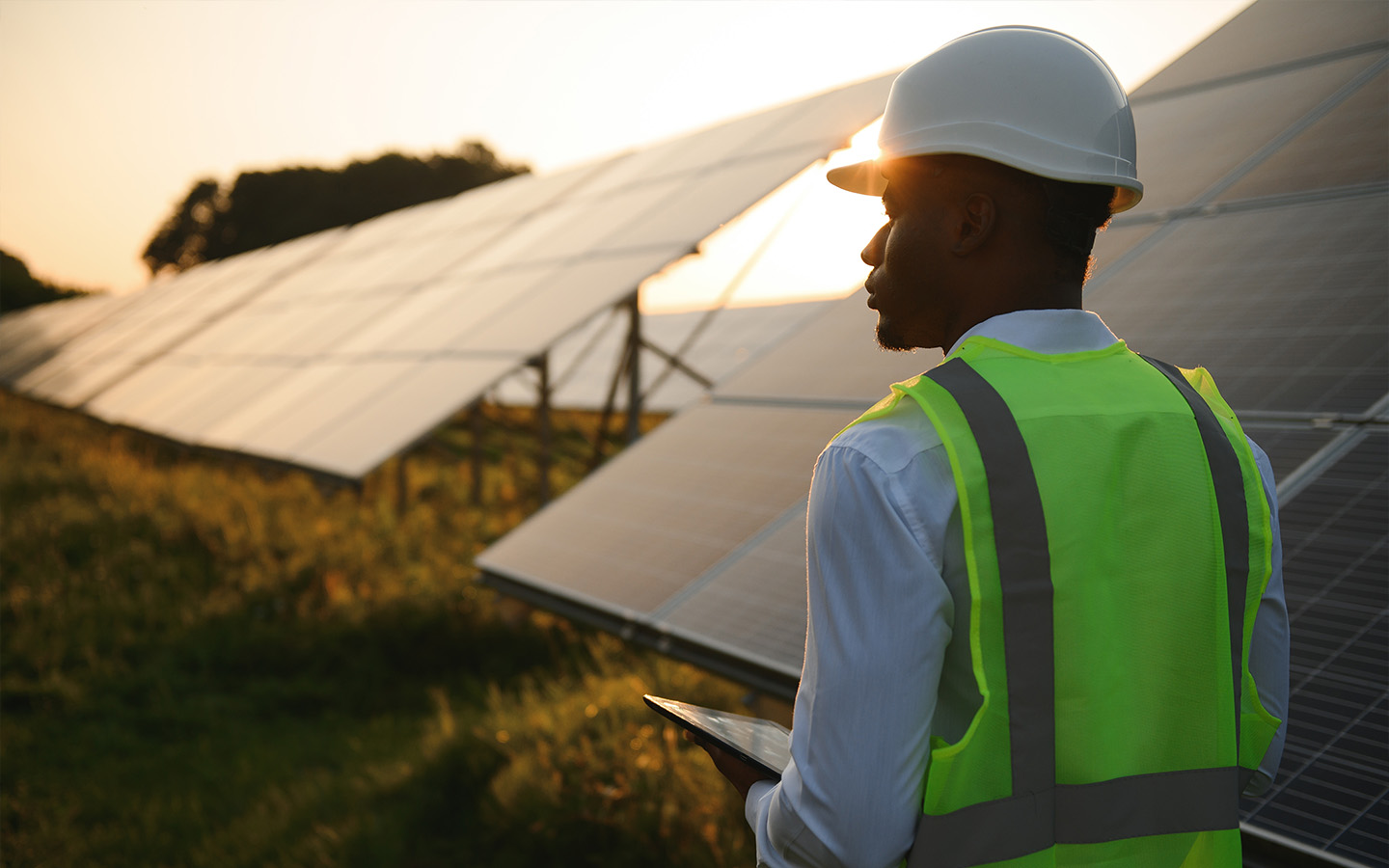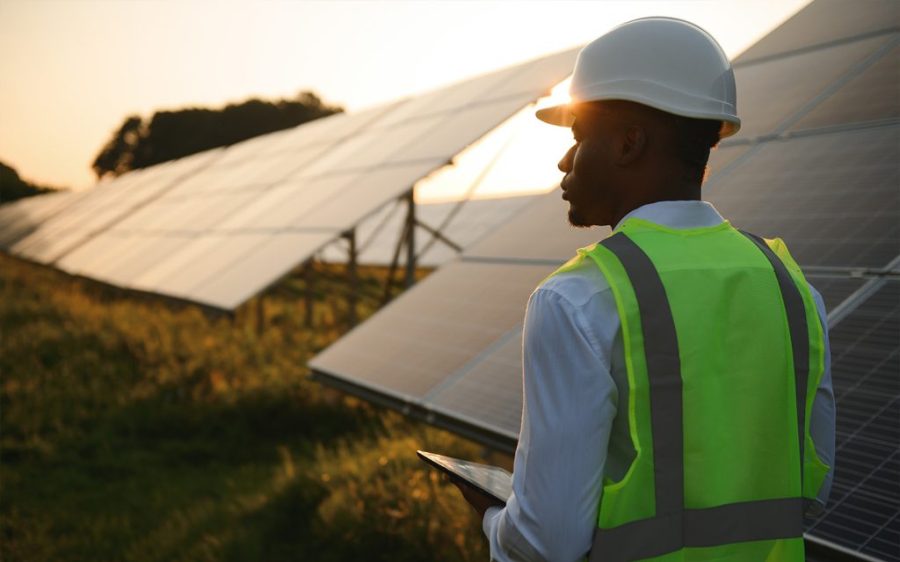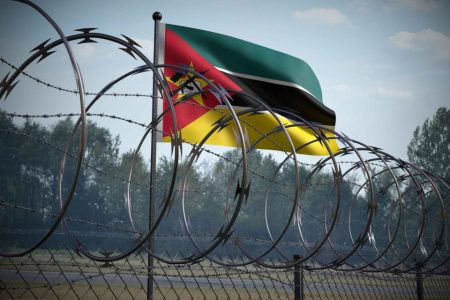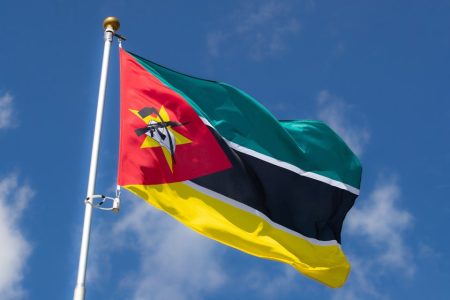A new US$110.6 million solar project is planned for Mozambique, bringing the country one step closer to its goal of universal electrification by 2030.
According to documents shared with Portuguese news agency Lusa, the renewable energy project will also “allow the creation, directly and indirectly, of more jobs, contributing to the economic growth” of Moamba, a district in Maputo Province. The roughly 142-square-hectare site is situated in Matunganhane, a village near the Corumana Dam. In addition to state-owned power utility Electricidade de Moçambique (EDM), the project involves a number of private companies through the operating entity Central Solar de Corumana.
Mozambique plans to implement solar energy in at least five other locations – Dondo, Lichinga, Manje, Cuamba and Zitundo – by 2030 for an estimated capacity of 1,000 MW, promising a “true solar revolution.”
[See more: Half of all households in Mozambique have no electricity]
That revolution is getting off to a small, but promising start. Electricity production from solar grew by nearly 14 percent to 19,688 megawatt-hours (MWh) in the first quarter of 2024, up from 17,328 MWh during the same period last year.
To be sure, solar still represented just 0.4 percent of energy production during the same period, with a single hydroelectric facility – the massive Cahora-Bassa Hydroelectric Plant – accounting for more than 82 percent. But as climate change-related droughts become increasingly common, energy production from dams like Cahora-Bassa will dip, increasing the importance of building other renewables.
Mozambique plans to do just that, with 200 to 500 MW of new onshore wind capacity set to come online by 2030 along with “at least” 1,000 MW of solar. By 2050, the aim is to have at least 7.5 gigawatts (GW) of solar installed and up to 2.5 GW of wind capacity, allowing the country to export green energy while still retaining enough domestically to supply industrial consumers.






